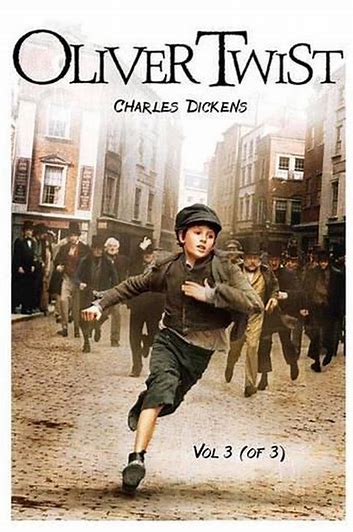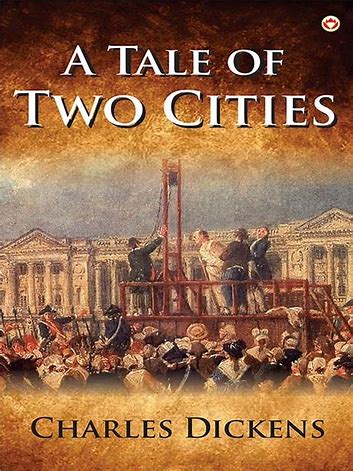London gives the opportunity to write many posts. It has been a long time since I took you down its streets where I have wandered a lot lately, so I am going to divide them into several posts, get ready for an invasion of names and places.
I’ll start in Holborn, where the Dickens Museum is located, or Bloomsbury Square, the oldest square in London since 1660. You may be familiar with the Bloomsbury Literary Club to which my dear Virginia Woolf belonged, she also lived here (now Tavistock Hotel).
Since 1723 the Museum Tavern has been around, where Conan Doyle, Priestly and Karl Marx would write. The Atlantis Bookshop, a bookstore of magic. Tea and the Tattle, a bookshop with a tea room over 100 years old. Oxfam Bookshop, second-hand bookshop. London Review Bookshop, owned by a literary magazine that has a small tea room or Jarndyce, an adorable antiquarian bookshop. All in one block and all are good options if the British Museum, which is located across the street, has a long queue.
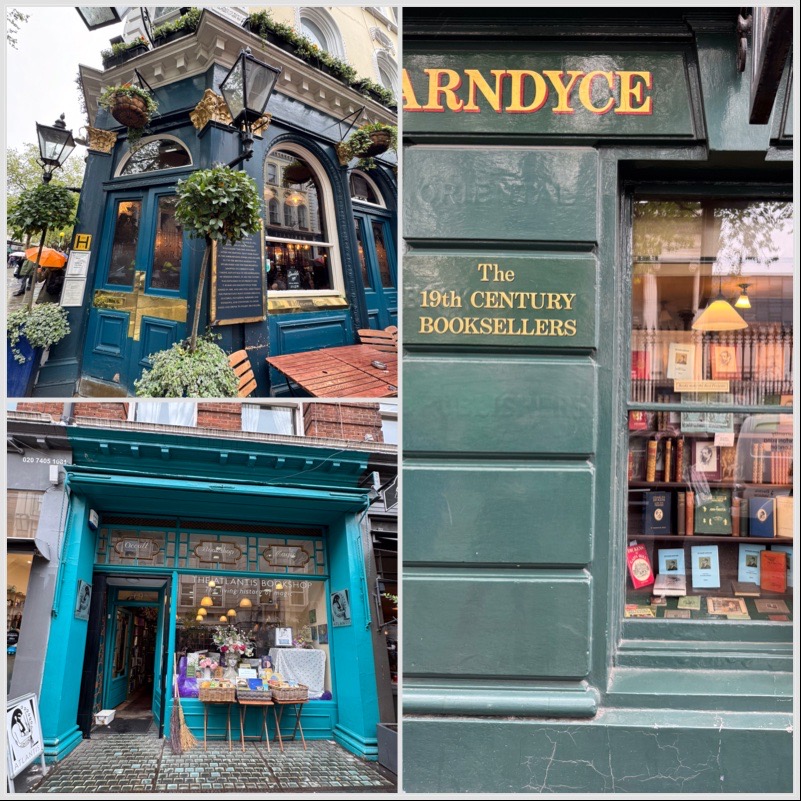
I would like to take this opportunity to remind you that, although the vast majority of museums are free, you have to register to enter, and thus avoid long queues.
The Sir John Soane Museum is full of his eclectic collection of art and curiosities. I find it fascinating how he managed to fit it all in a house not so big, the reason why we queue in the rain until it is our turn.
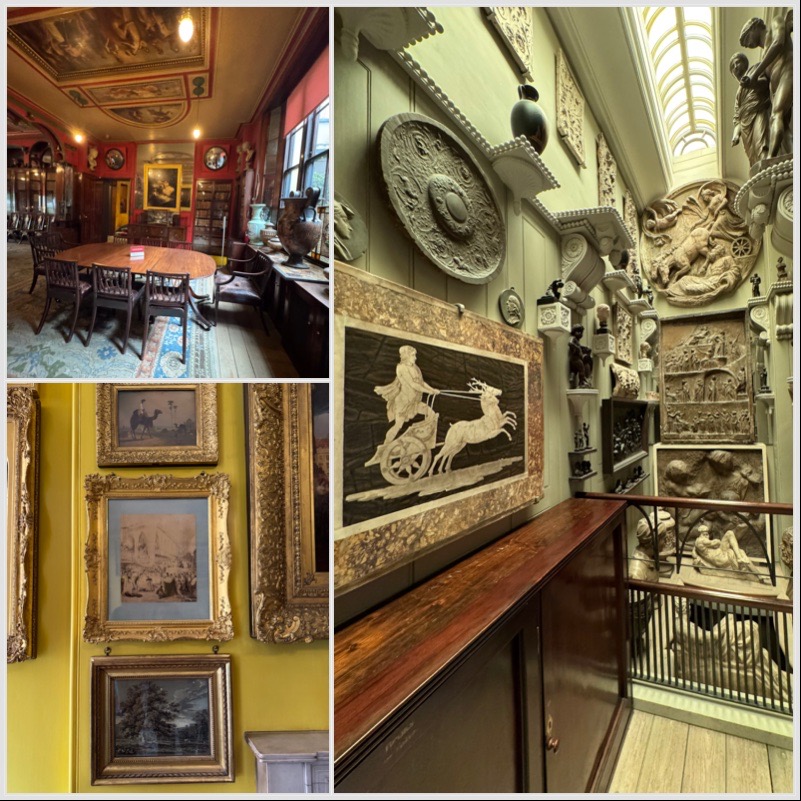
We walk along Strand St in search of Dickensian pubs, we found the grandiose Strand Hotel, the Savoy or the Somerset House. Australia House is another imposing building and goes without saying the majesty of the Court of Justice.
What do I see in front of me? Twinings, the oldest tea house in the city, believed to be the oldest logo in the world, has not changed since 1787. I buy herbal teas and matcha, which are my weakness.
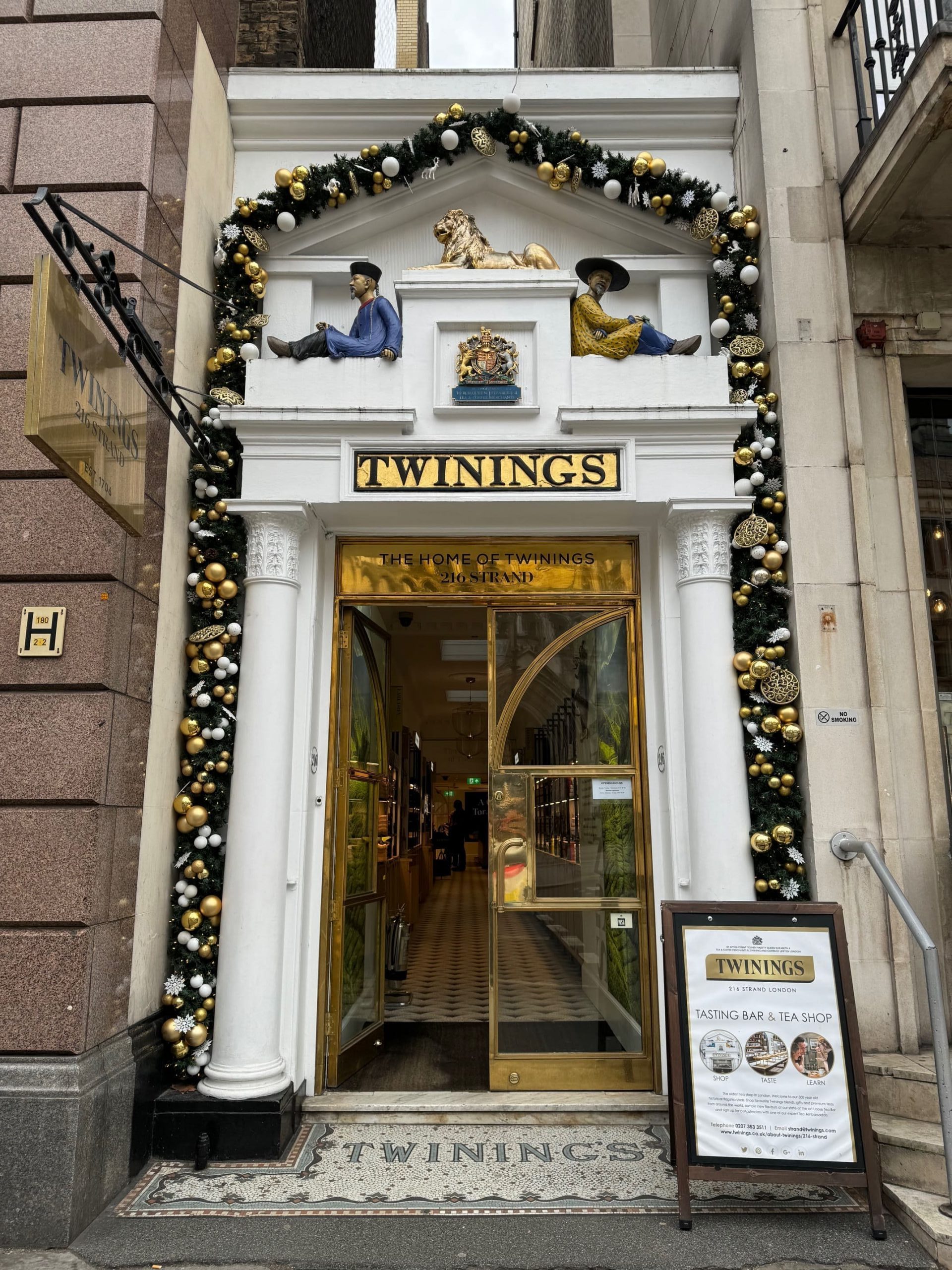
There is a pub that has been opened since Dickensian times, the Ye Olde Cock Tavern where writers of the stature of Tennyson, Dickens or Samuel Johnson quenched their thirst here.
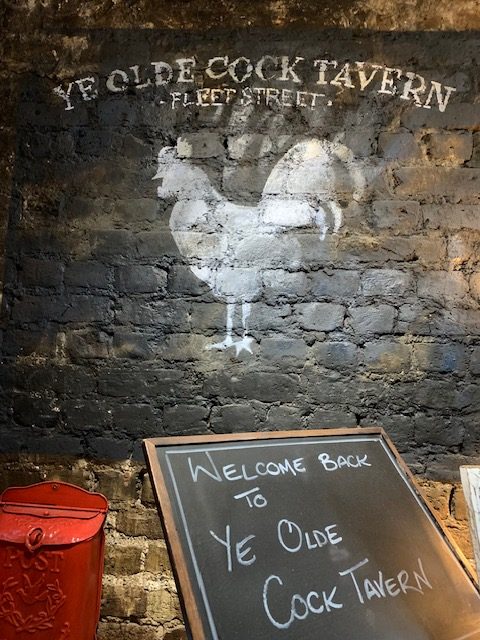
Ahead is one of the most beautiful ones, The Old Bank of England. An old bank now converted into a beautiful pub with safes as small tables, and an old red bus on the terrace where Belinda, Rodrigo and I have a drink.
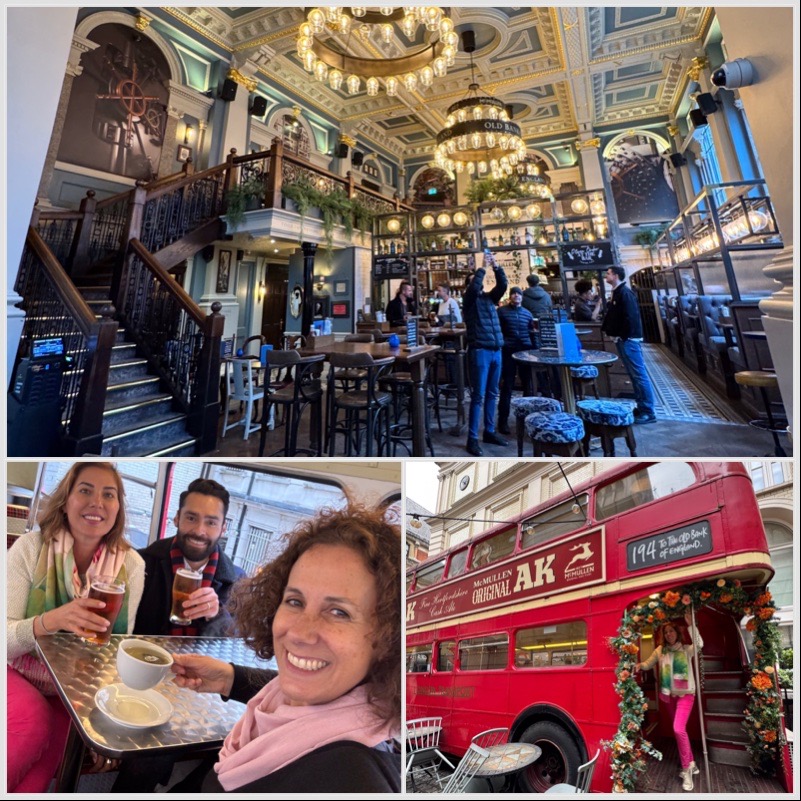
The other day I went into an old bookshop and found some postcards of a little character, and suddenly, on Fleet Street I see it in a very cool pub, the Punch Tavern.
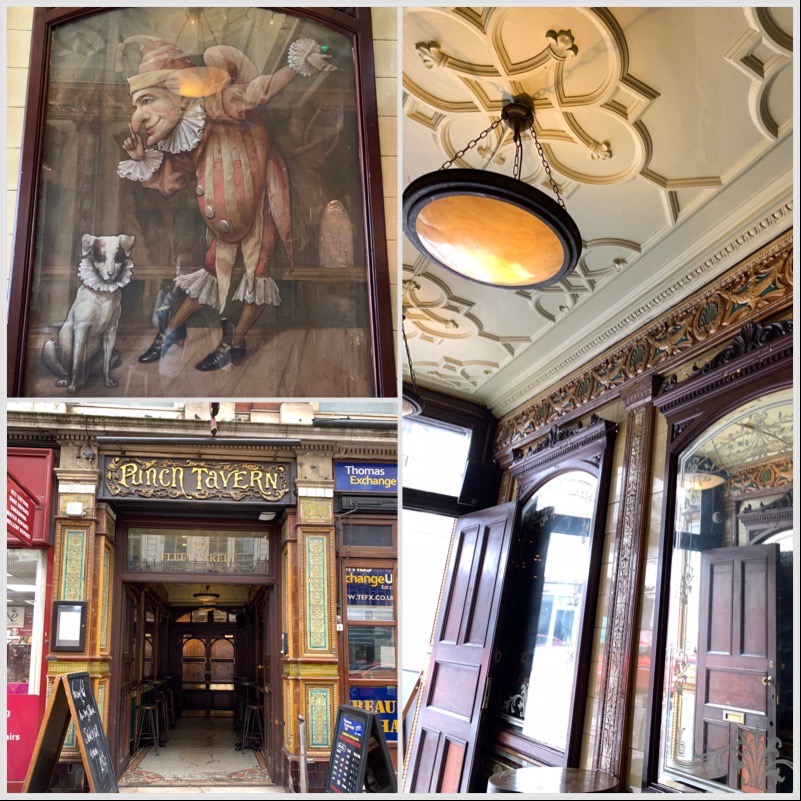
The literary café/pub Ye Olde Cheshire Cheese on Fleet St. is one of the oldest pubs in London. Built in 1530, burned down in the Great Fire of 1666 and was rebuilt by Londoners the following year. On its outer wall there’s a list of the monarchs that this pub has seen reign. It takes me back to the nineteenth century, I can see Dickens at the table he frequented and where the idea of making the pub part of his work “A tale of Two Cities” must have grown.
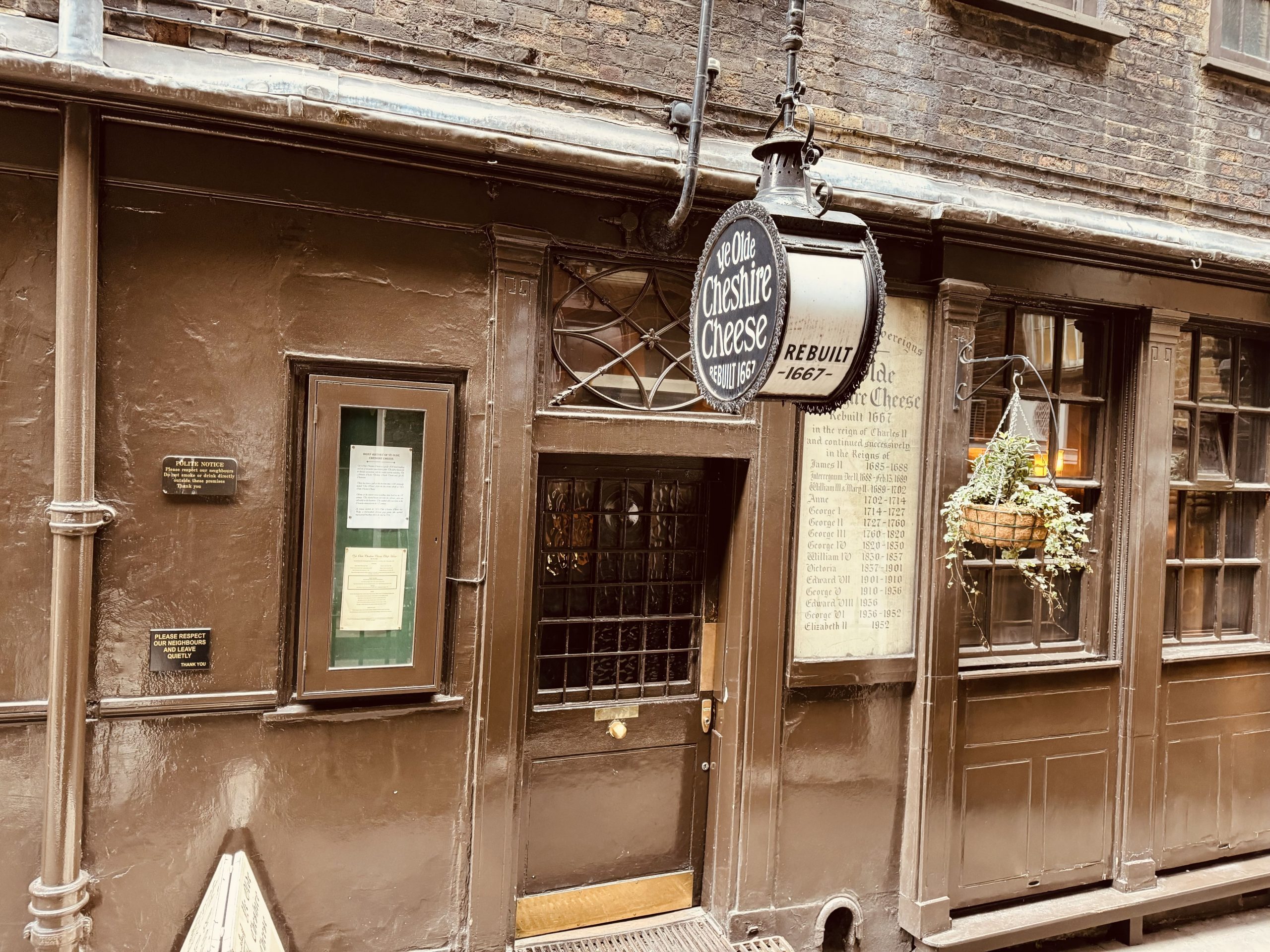
Continuing with literature, next to the pub there is a passageway that I love, and behind it, there is the little square Castle Baynard, where I find the statue of Hodge, the cat of the writer and poet Samuel Johnson (1709-1784)
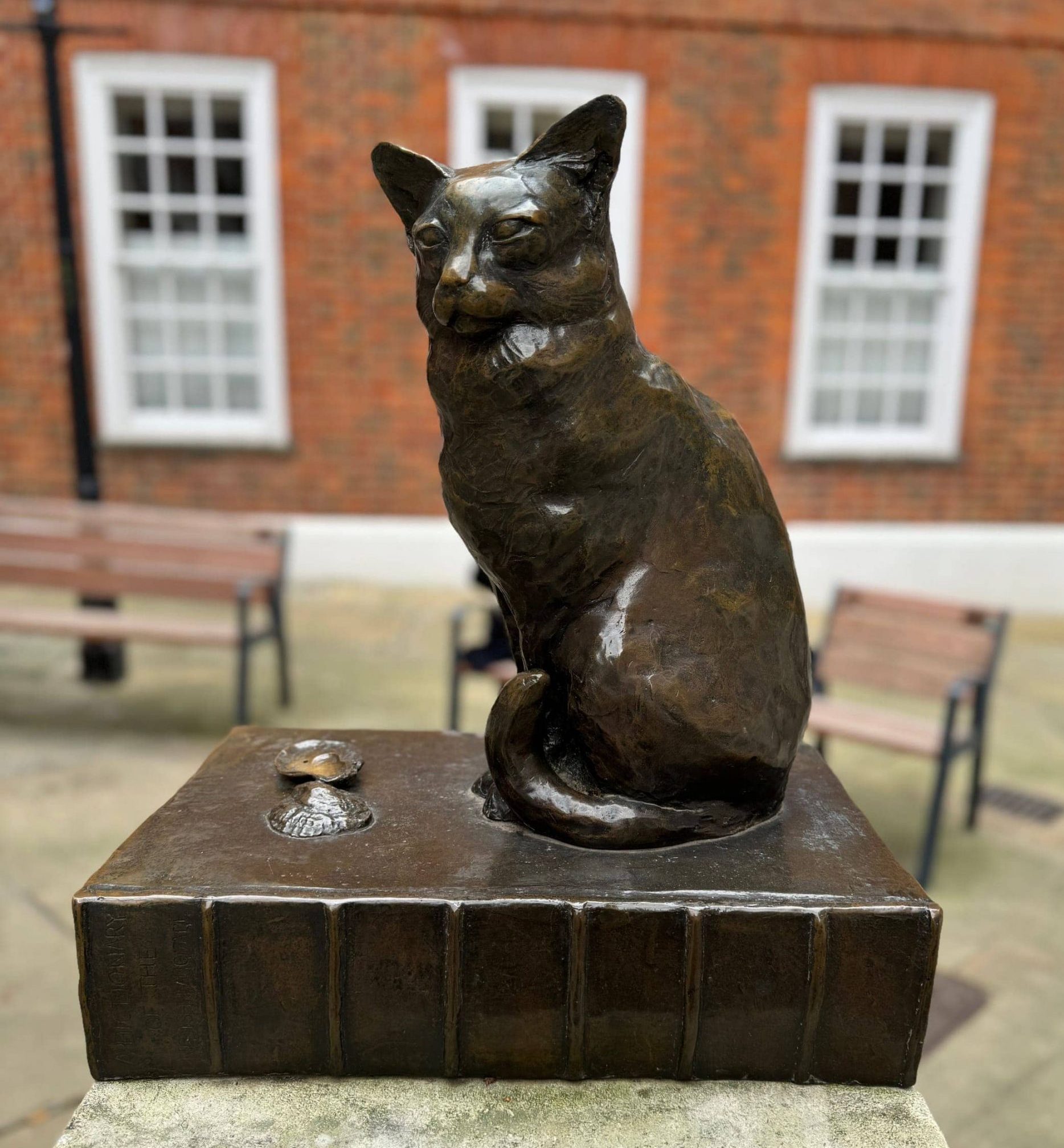
The philologist gene makes me love following in the footsteps of the classics. Across the street from the cat is Dr. Johnson’s house.

Here you will also find one of the most important universities in the country, King’s College, which occupies several blocks and has a library that sadly I could not visit because I did not have an access card.
I walk through the intricate alleys, streets and avenues. Again on Fleet street I see a church that is more than a thousand years old, St Duncan in the West, next to it there is an exterior statue, the oldest in the city, it is Elizabeth I and was carved during her reign in 1586.
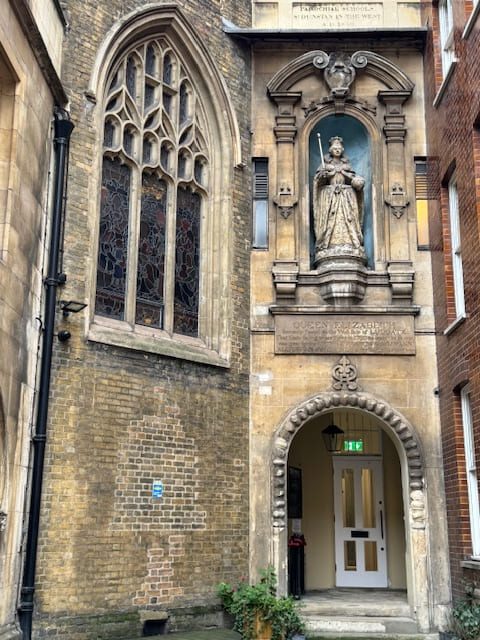
In front of it I cross a gate into another century” I enter the TEMPLE, a wonderful complex of Templar heritage. Dan Brown and, by extension, Tom Hanks made their church famous in “The Da Vinci Code.”
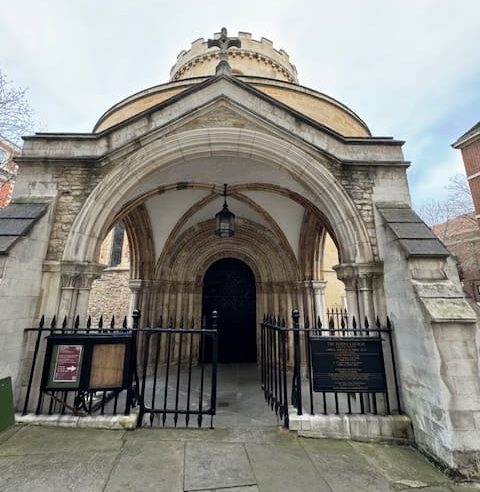
Around it are cloisters, impressive buildings, gardens, corners where you can sit and meditate and get away from the hustle and bustle of the city.
Free exhibitions are held at Two Temple Place, today’s one is made of glass, the visit is worth it just to enjoy the inside of the building, the trims of the handrails are nothing more and nothing less than the musketeers. I leave delighted with the exhibition and the staff, they are all volunteers and very friendly. This building was built in 1895 for William Waldorf Astor, sounds familiar, right? the founder of the Waldorf Astoria hotels. It was one of the first buildings to have a telephone, and W Waldorf wanted to show it off carving cherubs on the phone in the lamps at the entrance.
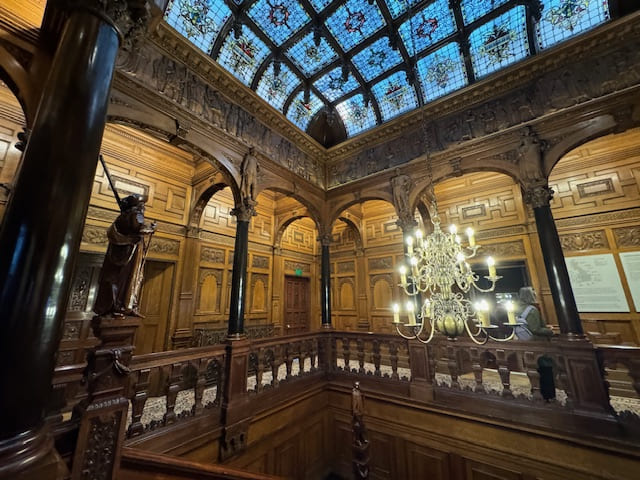
At the end of the street is the beautiful St. Paul’s Cathedral, I visit it, the entrance is 20 pounds. It has starred in so many films as its dome elevates above the City.
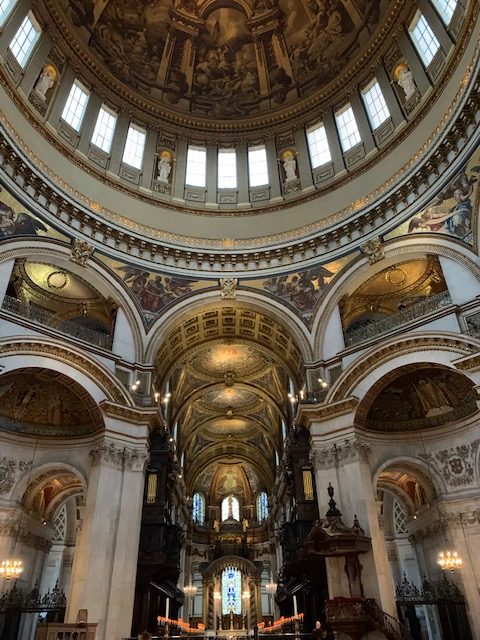
The Anglican church is a big fan of historical figures, we can find them in their churches instead of saints. On one of its sides there’s a little garden with a reflection pool that makes a very nice photo of it.
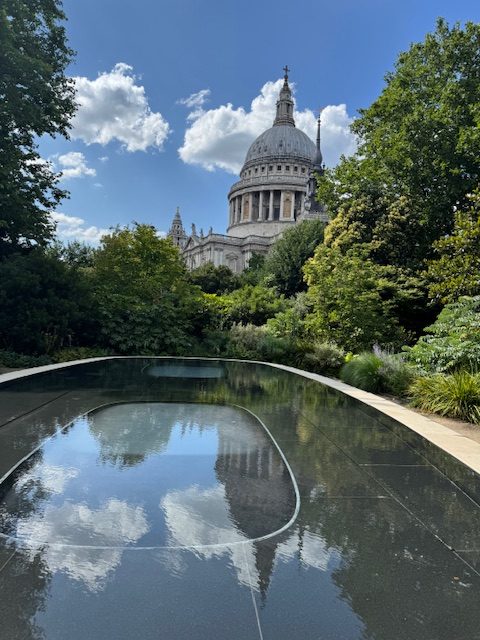
Time to have a matcha in a cafe located in an ideal setting, the church of St. Mary Aldermary, while contemplating its beautiful ceilings I read one of my two recommendations today.
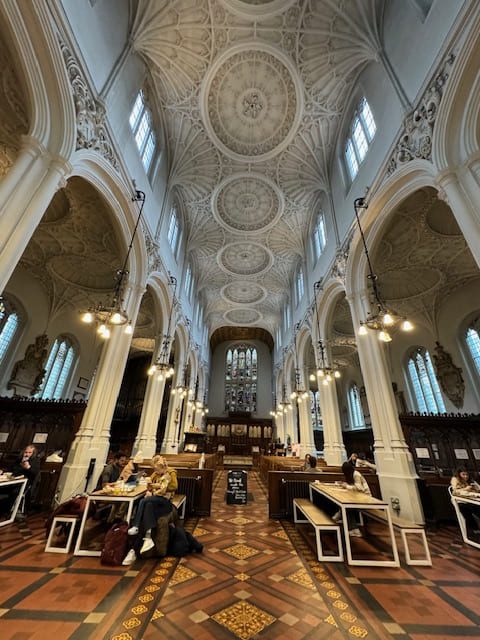
A Tale of Two Cities by Charles Dickens, we have visited some of its settings from where its characters set off for a France on the verge of the French Revolution.
Oliver Twist, a very short story about a kind-hearted orphan boy who is abducted by a gang of thieves and from whom he tries to escape while his true origin is revealed.
